| Touchscreen Display | A user-friendly interface for interaction | Allows employees to navigate and access information | Screen size, resolution, touch sensitivity |
| Card Reader | Reads employee ID or access cards | Enables secure login and identification | Magnetic stripe, RFID, NFC capabilities |
| Biometric Scanner | Fingerprint or facial recognition scanner | Provides secure access and authentication | Fingerprint, facial recognition, iris scanning |
| Printer | Outputs receipts, schedules, or other documents | Allows employees to print necessary paperwork | Type of printer (thermal, inkjet), paper size |
| Software Interface | Customized software tailored to employee management tasks | Manages clocking in/out, scheduling, and HR functions | Customizable UI, language support, feature set |
| Security Enclosure | Durable casing to protect kiosk components | Ensures the kiosk is tamper-proof and secure | Material (metal, plastic), locking mechanisms |
| Connectivity Module | Provides network access (wired or wireless) | Connects the kiosk to the company's network for real-time updates | Wi-Fi, Ethernet, Bluetooth |
| Power Supply | Electrical component powering the kiosk | Ensures continuous operation | Power rating, backup battery options |


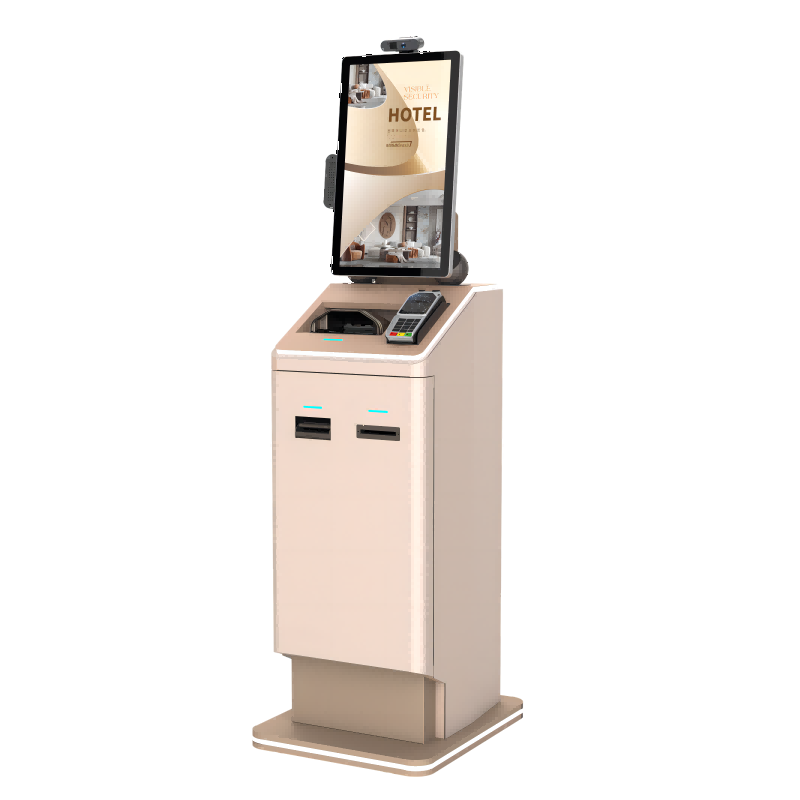
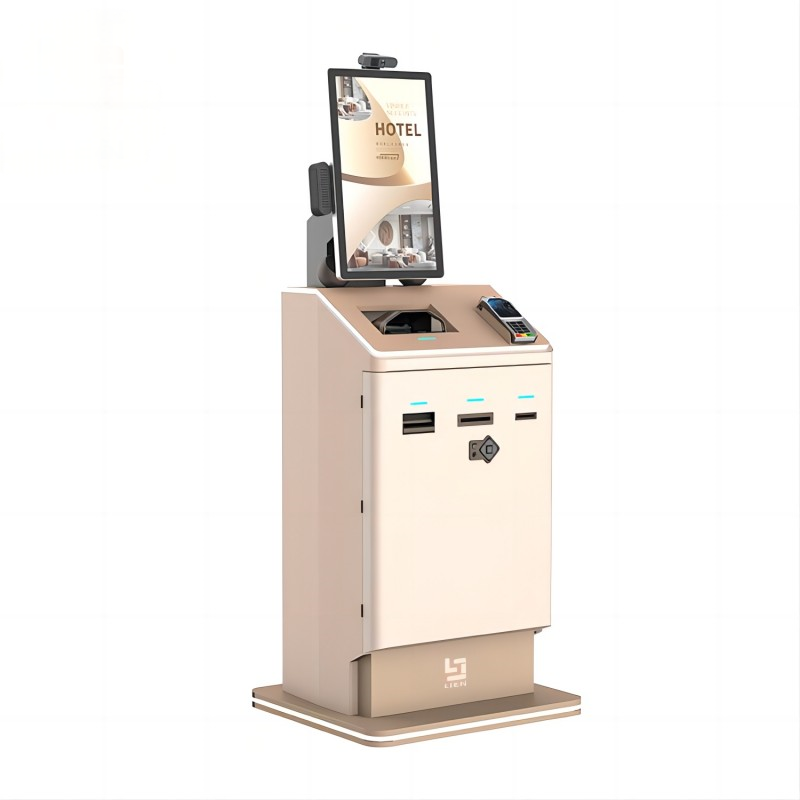
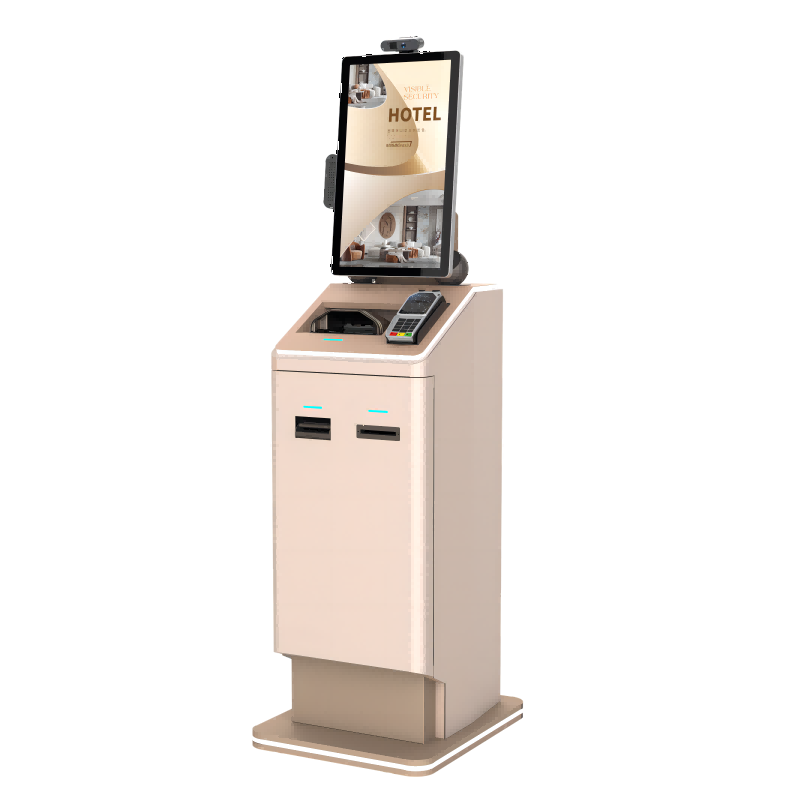
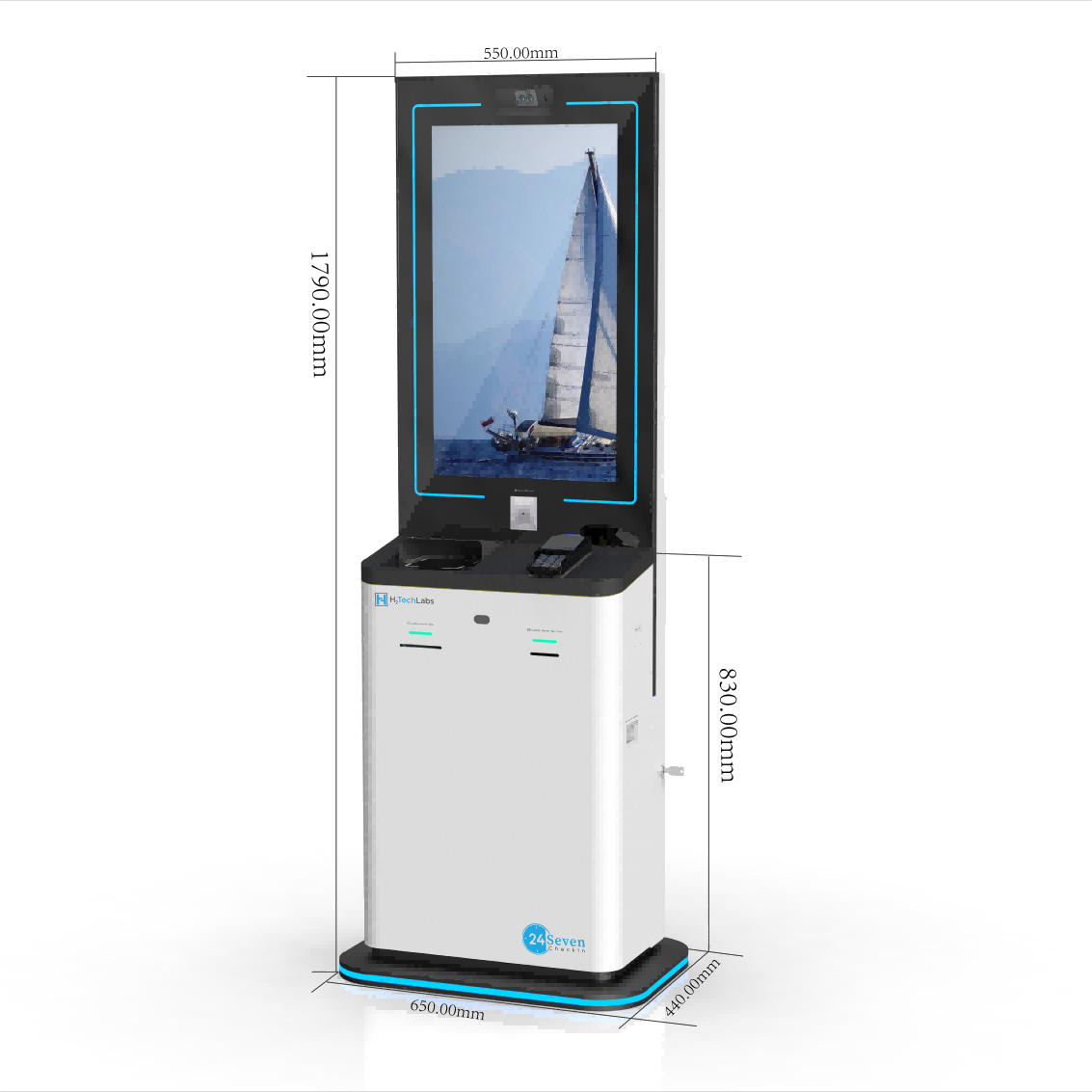
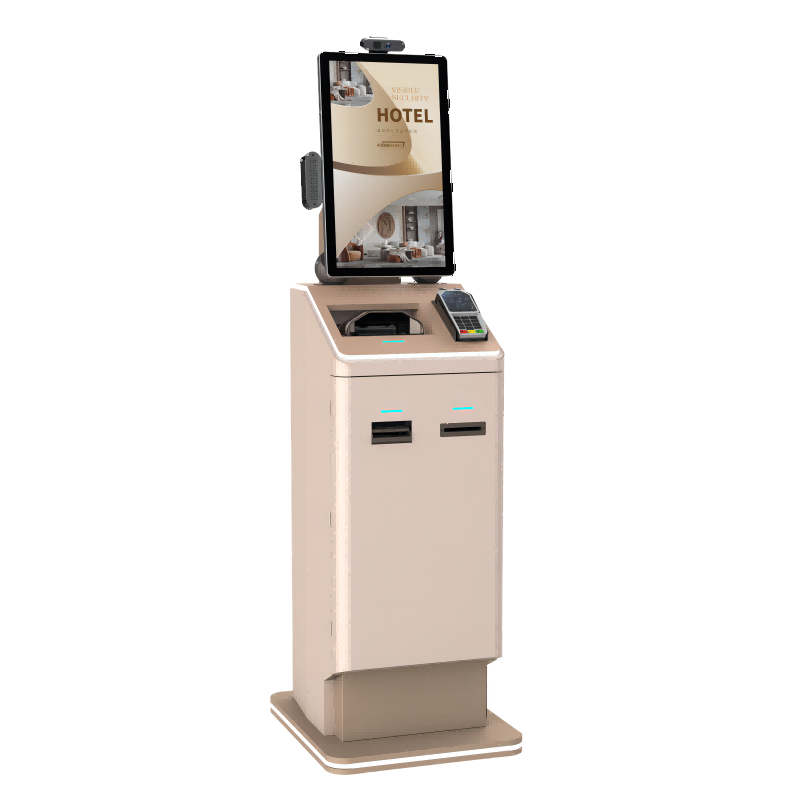
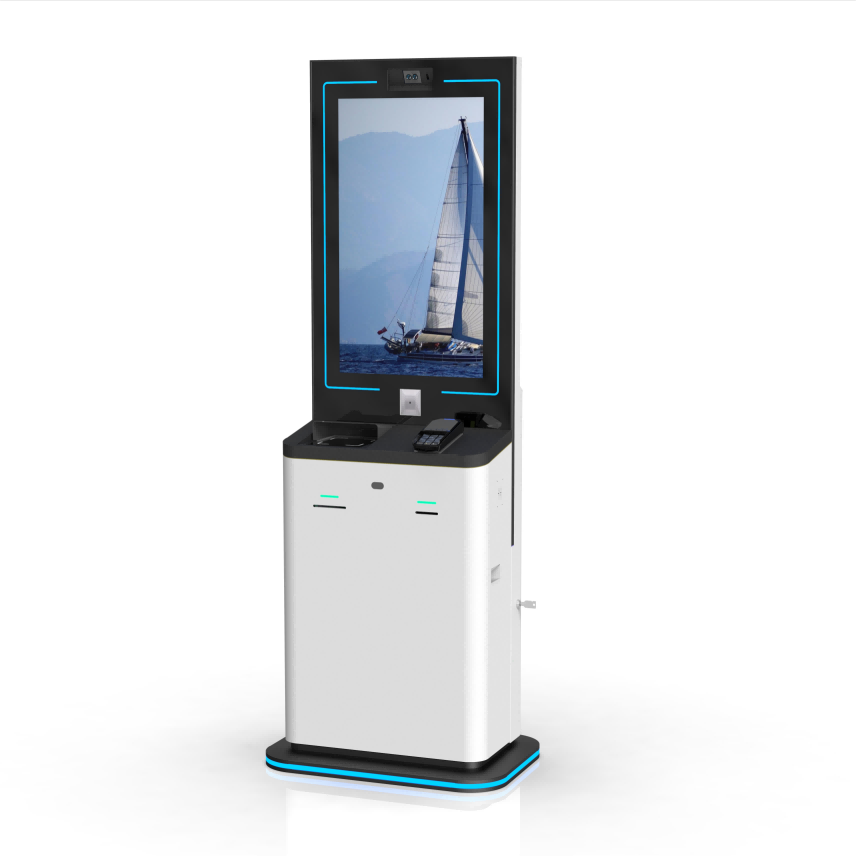
What did our happy clients say?
Extremely satisfied with the employee kiosk. The interface is intuitive and easy to use, making clocking in and information retrieval simpler and more efficient. Highly recommended!
The employee kiosk we purchased perfectly meets our company's needs. Installation was quick, and it operates smoothly, saving us significant time and labor costs. Five stars!
The biometric feature of this employee kiosk is highly accurate, enhancing our security while making clocking in faster. It has greatly improved our efficiency.
The employee kiosk from this supplier exceeded our expectations in quality, and the after-sales service was excellent. The user experience is outstanding. Highly recommend to other businesses.